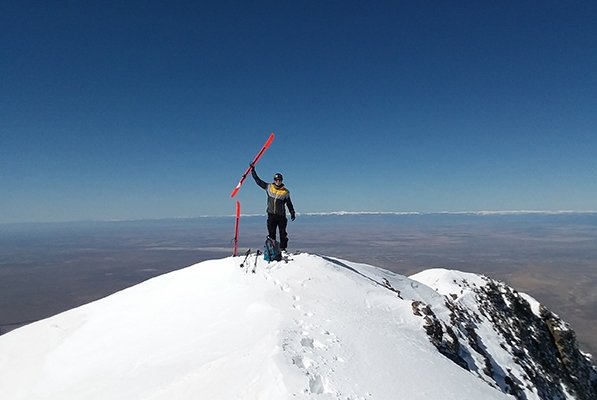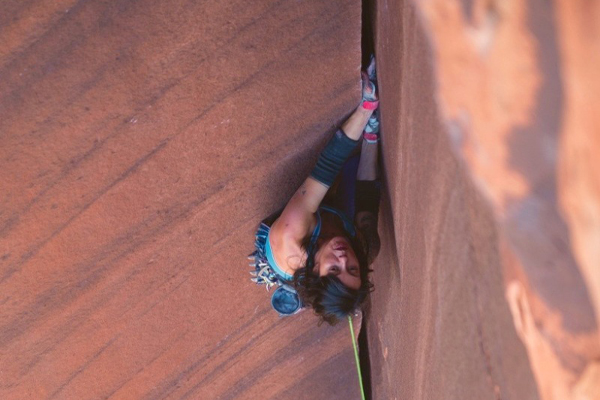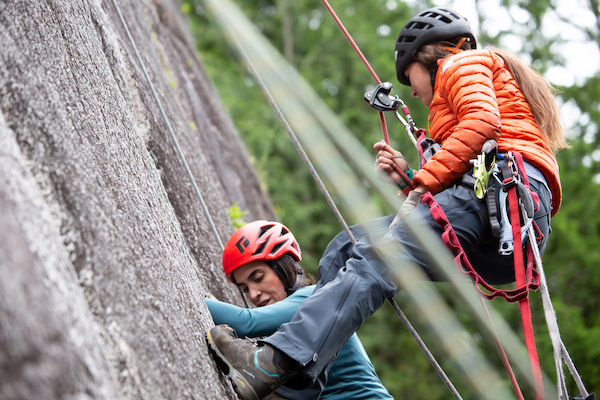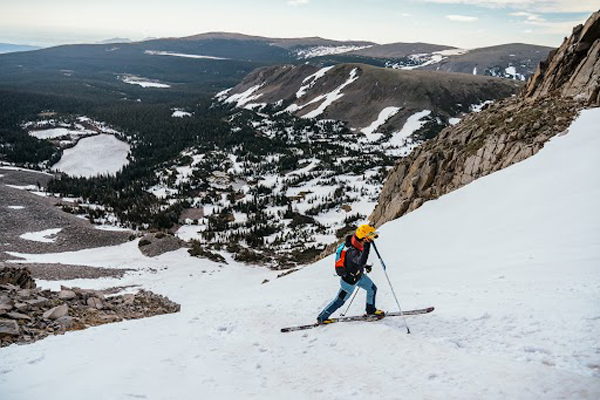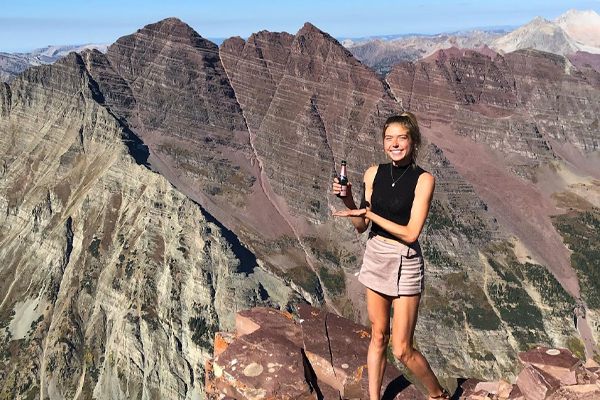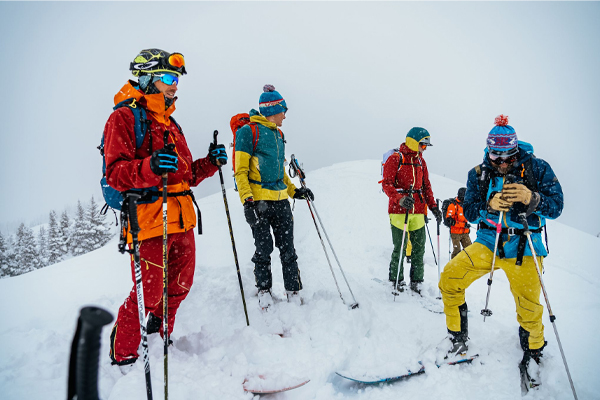Warrior Expeditions Supports Thru-Hiking Vets

Warrior Expeditions provides veterans support on long-distance hiking, biking, or paddling objectives.
- - -
In 1948 World War II veteran Earl Schaffer became the first recorded person to thru-hike the Appalachian Trail (AT) in a single season, in an attempt to “walk-off” the atrocities he had witnessed during the war. Today, Warrior Expeditions is a non-profit organization built around Schaffer’s objective, by providing all of the gear and resources necessary for honorably discharged veterans to hike (bike, or paddle) through their duty-related experiences.
Established in 2013, after founder Sean Gobin thru-hiked the now 2,185-mile AT himself following three combat deployments, Warrior Expeditions began in partnership with the Appalachian Trail Conservancy and put 13 veterans on the AT during its first year. Regarding his motivation to complete the AT, Gobin said that “I learned about the AT as a kid while traveling with my family during summer vacations. After learning that only 20% of those who start the AT complete it, I decided I wanted to hike the AT one day as a personal challenge.”
Years later, Gobin found that his time spent on the trail provided “three therapeutic aspects- which became the foundation of how I created the Warrior Expeditions programs: 1) Having the time in nature to process and decompress from my wartime experiences, 2) Experiencing the journey with other combat veterans who understood the transition I was going through, and 3) Connecting with community members along the way that re-established my basic faith in humanity that I lost during three combat deployments.”
Since its inaugural year, the organization has expanded to offer eight long-distance hikes, one bike route spanning the TransAmerica Bicycle Trail, and one paddling trip that travels the length of the Mississippi River. Each long-distance program covers at least 800 miles over the course of nine weeks during which participants can move together in small groups, or individually, with weekly community support meetings and gear pick-ups organized by Warrior Expeditions along the way.
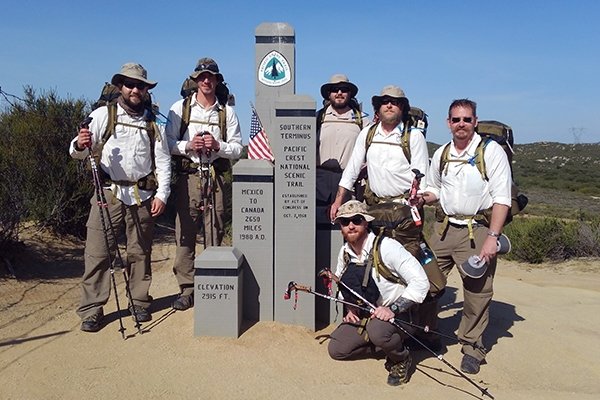
We asked two veterans about their Warrior Expedition thru-hiking experiences. For the sake of confidentiality, the respondents are named after their respective thru-hikes, Arizona Trail Vet (AZT Vet) and Appalachian Trail Vet (AT Vet):
How long had you been preparing for your thru-hike, and what did you do in preparation? How does it feel to complete such a long-term goal?
AZT Vet: “I had prepared for my hike for six months with cross training and running. I knew there was no way to simulate putting your body under stress for ten hours a day [but] I would go to the gym and kill it for two hours a day. I trained hard on cardio and body weight exercises. I was prepared for my hike physically but it took a week or so to get in "backpacking" shape. Finishing the 800-mile Arizona Trail was EPIC, no other endorphin compares. A lot of sweat and aches got me there.”
AT Vet: “I took two-to-three months preparing: I researched equipment (i.e. reviews, setup, tips/ticks, etc.), ran 3-10 miles daily as well as [going to] some yoga classes. I read “Appalachian Trials” (Davis) “A Walk in the Woods” (Bryson), and a few blog posts from previous hikers. I felt I was prepared physically and with equipment...I’ve been grateful for having the time and opportunity to take a step back and evaluate my life and all that is in it.”
(Note: AT Vet is still en-route but is slated to finish the Appalachian Trail mid September.)
Describe your best and worst days on the trail.
AZT Vet: “The one time I wanted to throw the towel in ‘just for the day though’ was north of Flagstaff on May 9th. I was hit by an awful storm with rain, snow, ice, and hail. This storm lasted most of day and soaked me to the core in freezing temperatures. I knew I had to keep moving to stay warm, I would even do ten burpees every 30 minutes or so. It was a tough day indeed. I just kept telling myself the Grand Canyon is one step closer with every step forward. At this point I was about two days from the Grand Canyon.
My best day was on April 22 when I received trail magic by means of a hitch to Fountain Hills AZ. I had come to a highway and made a sign out of my tent footprint that read ‘Hiker to Fountain Hills.’ This town was 33 miles away but as fate would have it a 1970's VW bus picked me up. Once we reached FH they bought me lunch, I checked into the hotel and floated around in the pool on my sleeping mat the rest of the day. It was a good day and a great break after three 25+mile days.”
AT Vet: “There was a stretch where we had so much rain; six days of rain. I’m okay with being cold and I’m okay with being wet, but both is just the worst. One to two days of this bearable, but six days really had me questioning why I was out here. I had to remind myself that everyday wasn’t going to start with a beautiful sunrise, have nice/easy terrain, and end with great spots to pitch a tent. This was going to be hard, if it wasn’t than everyone would do it. That’s where the sense of pride and accomplishment comes from. I decided to keep going because I knew most people wouldn’t.”
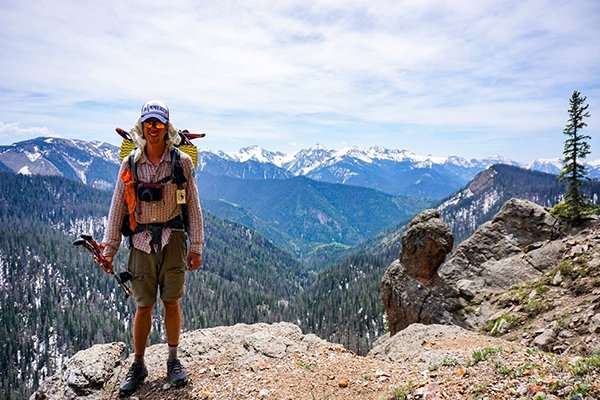
Describe something you learned from your thru-hiking experience.
AZT Vet: “This one is kind of funny: I learned not to camp within 100 yards of the only watering hole in 50-mile radius in the desert. Nightfall comes around and EVERY creature is coming to drink. The waterhole becomes a pretty violent place as darkness settles in.”
AT Vet: “Being able to adapt and overcome. You can plan all you want, but things are not always going to go as planned. You need to be okay with that and be ready to adjust or you’ll go crazy. In short, worry less about the plan, and more about being prepared and ready to adjust when needed.”
What would you say to someone wanting to attempt a thru-hike?
AZT Vet: “No time is a good time. Don’t wait on stuff to fall in place because at any moment your life could end.”
AT Vet: “Prepare yourself mentally before everything else. The trail will shape you into what you need to be physically. You’ll always be able to add, subtract or modify what you need for equipment. The best thing you can do is focus on preparing yourself mentally to have the tenacity and persistence to stick it out even through the rough days.”
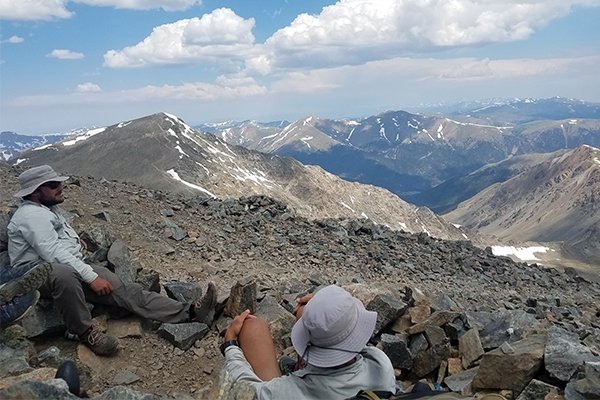
Founded just four years ago, Warrior Expeditions is a rapidly expanding operation, with hopes to “connect as many veterans as possible with each other and to use the outdoors as a long-term coping strategy from any trauma they experienced during their military service,” Gobin says. The founder added that the long-term benefits to completing expeditions like this are invaluable to veterans by providing them the opportunity to, “decompress from their wartime experiences. Thru-hiking also gives veterans the time to figure out what’s important in life which then helps them to decide what to do with the next chapters of their lives.”
In terms of support, La Sportiva proudly assists Warrior Expedition veterans by providing Mountain Running® shoes at no cost to the veterans. Most thru-hikers turn to the La Sportiva Wildcat or Ultra Raptor for thru-hiking objectives and get 400-600 miles per pair, depending on trail conditions and climate. Readers may offer their support through these methods, suggests Gobin; “Making a donation from the Warrior Expeditions website, hosting our veterans for a night if they are located along any of our ten trails, or hosting a fundraiser hike in support of Warrior Expedition.”
Photos: ©Warrior Expeditions

